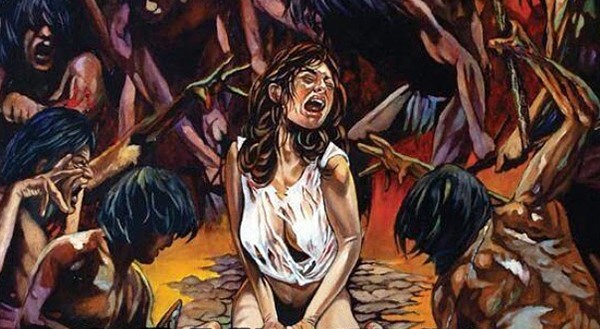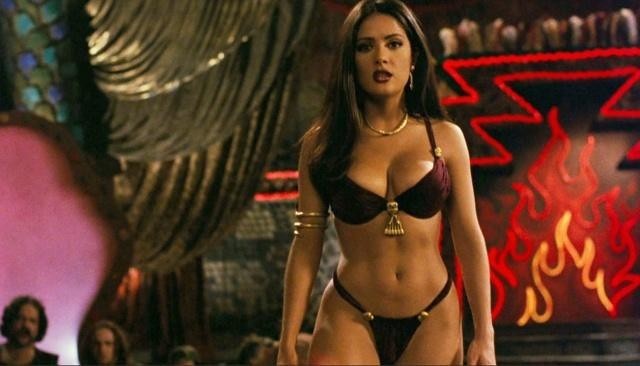Toy Story 3, 2010.
Directed by Lee Unkrich.
Featuring the voices of Tom Hanks, Tim Allen, Michael Keaton, Joan Cusack and Ned Beatty.
SYNOPSIS:
Andy has grown up and is heading off to college, and we join his toys as they voice concerns about their future. Believing themselves destined for the dumpster, they hitch a ride with Andy’s sister’s old toys to the Sunnyside Daycare centre where they hope they’ll find new lives and new children to play with them. But things are not as idyllic at Sunnyside as they hoped.
Let’s be honest here. Pixar have never let us down. Consistently original, charming and ground-breaking, they’ve built themselves a reputation for making smart, heart-breaking stories and marrying them with cutting edge computer animation. They have set the bar sky high again and again, leaving lesser studios’ efforts such as Shrek and Antz looking not only weak in story, but basic and soulless in visual style. Pixar have always had the skill to imbue their CG creations with real emotion, the characters just as living and breathing as any actor in a live-action film.
While none of their other features have sequels (well not yet, Cars and Monsters Inc. have follow-ups in the pipeline), Toy Story’s characters have proved so enduring, so magical, so a part of our cherished childhoods, that we simply can’t let go of them. And ultimately, that’s what Toy Story 3 is about. Letting go, moving on and how that’s not necessarily a bad thing.
The film opens with a fantasy sequence, Woody, Jessie and Bullseye attempting a train rescue which expands out to a full blown war scene in the desert, featuring all the main characters playing heroes or villains. The film cuts back to reveal Andy playing with his toys, the vivid scenario being generated by his imagination, which in places provides a humorous contrast to the characters actual personalities. For example, Rex is imagined by Andy as being a fierce, dangerous creature, which we all know is not the case. The scene is testament to the power of imagination, quite possibly the over-riding theme of the series, along with the power of friendship.
After a soberingly sad section as the toys realise that Andy has outgrown them, they head to Sunnyside Daycare Centre, despite Woody’s conviction that Andy has not forgotten them. Once they arrive at Sunnyside the film really kicks into gear. We’re introduced to a new selection of characters, including the deceptively huggable Lotso, the patriarch of Sunnyside, high strung dinosaur toy Trixie and newcomer-highlight Ken, the vain, hilarious Ken-doll that immediately pairs up with Barbie, only showing his true colours later on. These newer characters interact fantastically with the original toy cast, Barbie (with much more of a role in this film) with Ken, Lotso (and his ‘cronies’) with Buzz (especially when they kidnap and factory reset him, eventually leading to him amusingly becoming ‘Spanish Buzz’ when his friends get him back and ‘fix him’) and Woody with the little girl Bonnie’s toys who tempt him to accept a new owner and be happy, ultimately, to ‘move on’.
Sunnyside itself is a wonderful metaphor for accepting change and newness as well as the passing of time. The toys hope to find new owners and new children to play with & love them, while Woody refuses and sets off to get back to Andy. Andy himself is moving on with his life and attending college, with Sunnyside representing this facet of life for the toys. When they arrive at Sunnyside, Lotso shows them the pictures of all the different years of children that have attended the centre, promising that there will always be new children to play with the toys, that the children move on but the toys remain and build new lives with their new owners, just as we as humans move on and create new lives and find people to share them with.
The animation, as ever, is utterly superb. The characters all look crisp, textured and real – from the glints in Buzz’s helmet, the bristles of Lotso’s fur and Ken’s ludicrous outfits to their most astounding accomplishment – the look in Woody’s eyes, the genuine feeling residing in them. In short, Pixar manage to give Woody and all the other major characters souls, like we’re looking at real people rather than just toys.
Toy Story 3 is a love letter to growing up, to friendship and to having the strength to move on but not to forget. In this closing chapter of the trilogy, Pixar and director Lee Unkrich have crafted a wonderful, heart-breaking but optimistic end to the series that kick-started an animation revolution and captured the hearts of an entire generation, a film every bit as satisfying as the other two instalments.
Movie Review Archive
Related:
Animated Storytellers: A Pixar Animation Studios Profile










